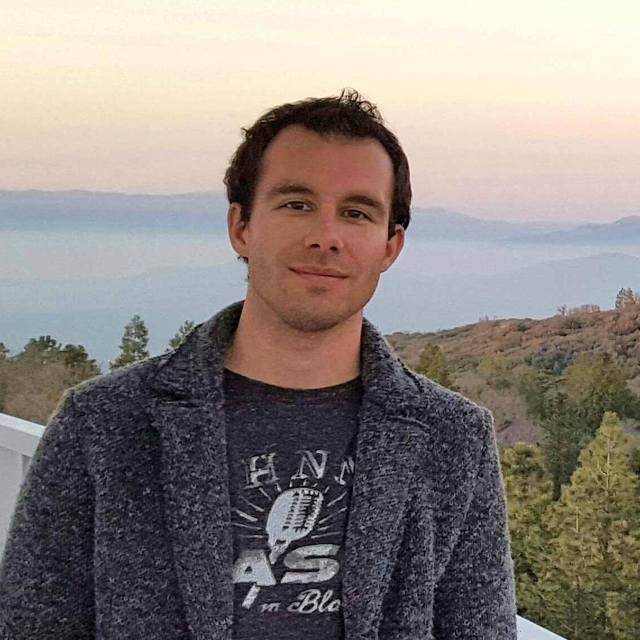February
2018
•
2018MNRAS.474..177M
Authors
•
Merson, Alexander
•
Wang, Yun
•
Benson, Andrew
•
Faisst, Andreas
•
Masters, Daniel
•
Kiessling, Alina
•
Rhodes, Jason
Abstract
•
Knowledge of the number density of H$\alpha$ emitting galaxies is vital for assessing the scientific impact of the Euclid and WFIRST missions. In this work we present predictions from a galaxy formation model, Galacticus, for the cumulative number counts of H$\alpha$-emitting galaxies. We couple Galacticus to three different dust attenuation methods and examine the counts using each method. A $\chi^2$ minimisation approach is used to compare the model predictions to observed galaxy counts and calibrate the dust parameters. We find that weak dust attenuation is required for the Galacticus counts to be broadly consistent with the observations, though the optimum dust parameters return large values for $\chi^2$, suggesting that further calibration of Galacticus is necessary. The model predictions are also consistent with observed estimates for the optical depth and the H$\alpha$ luminosity function. Finally we present forecasts for the redshift distributions and number counts for two Euclid-like and one WFIRST-like survey. For a Euclid-like survey with redshift range $0.9\leqslant z\leqslant 1.8$ and H$\alpha+{\rm [NII]}$ blended flux limit of $2\times 10^{-16}{\rm erg}\,{\rm s}^{-1}\,{\rm cm}^{-2}$ we predict a number density between 3900--4800 galaxies per square degree. For a WFIRST-like survey with redshift range $1\leqslant z\leqslant 2$ and blended flux limit of $1\times 10^{-16}{\rm erg}\,{\rm s}^{-1}\,{\rm cm}^{-2}$ we predict a number density between 10400--15200 galaxies per square degree.
Links






